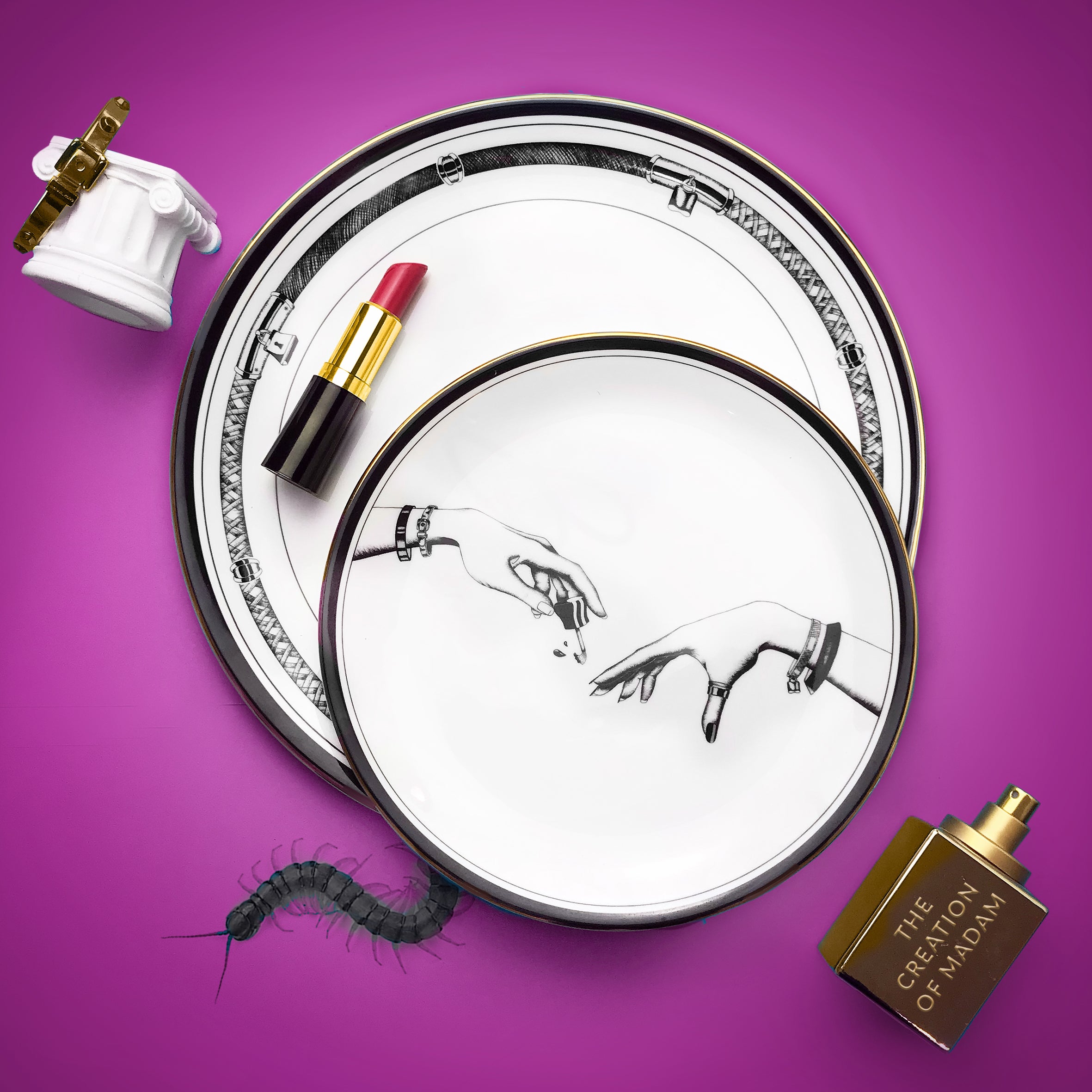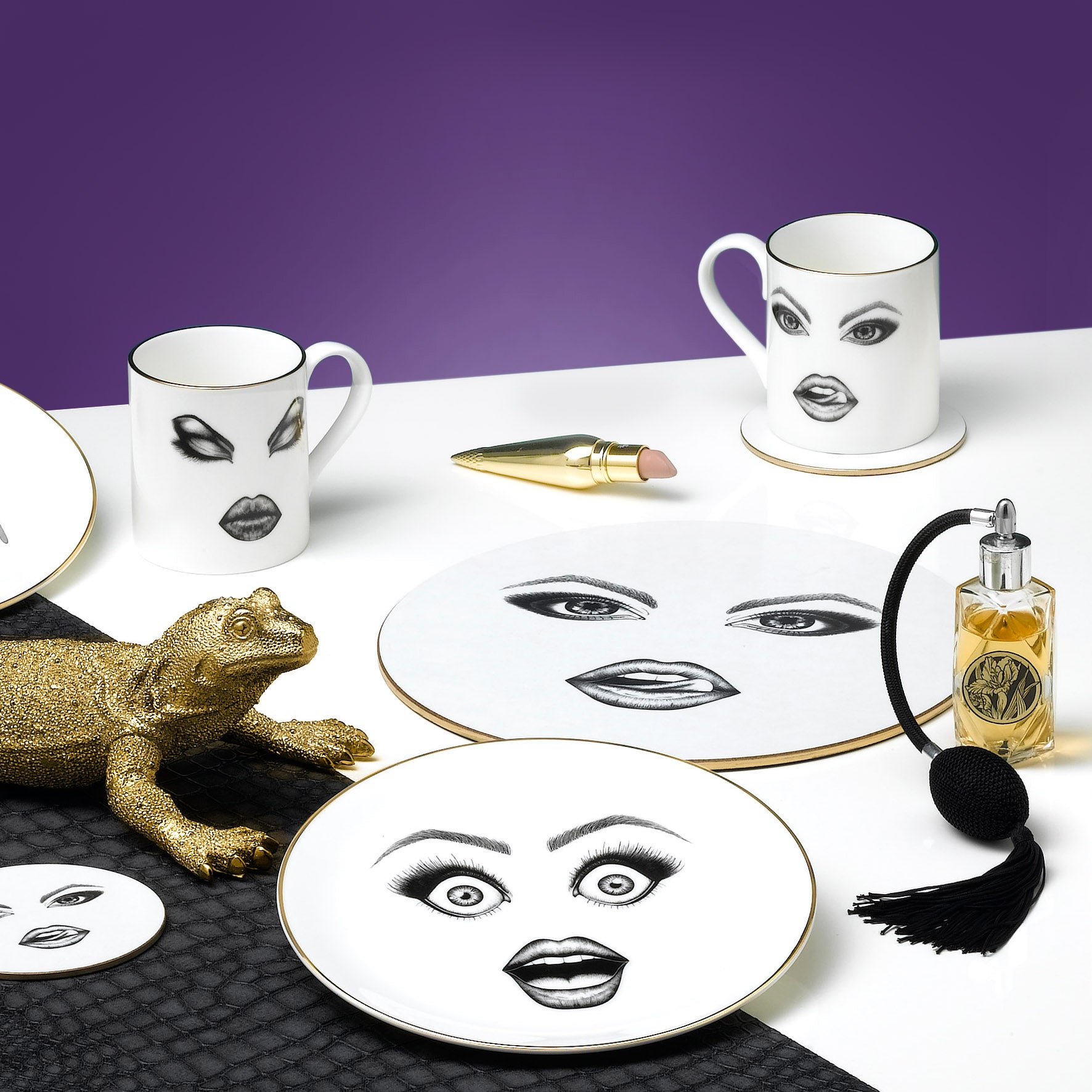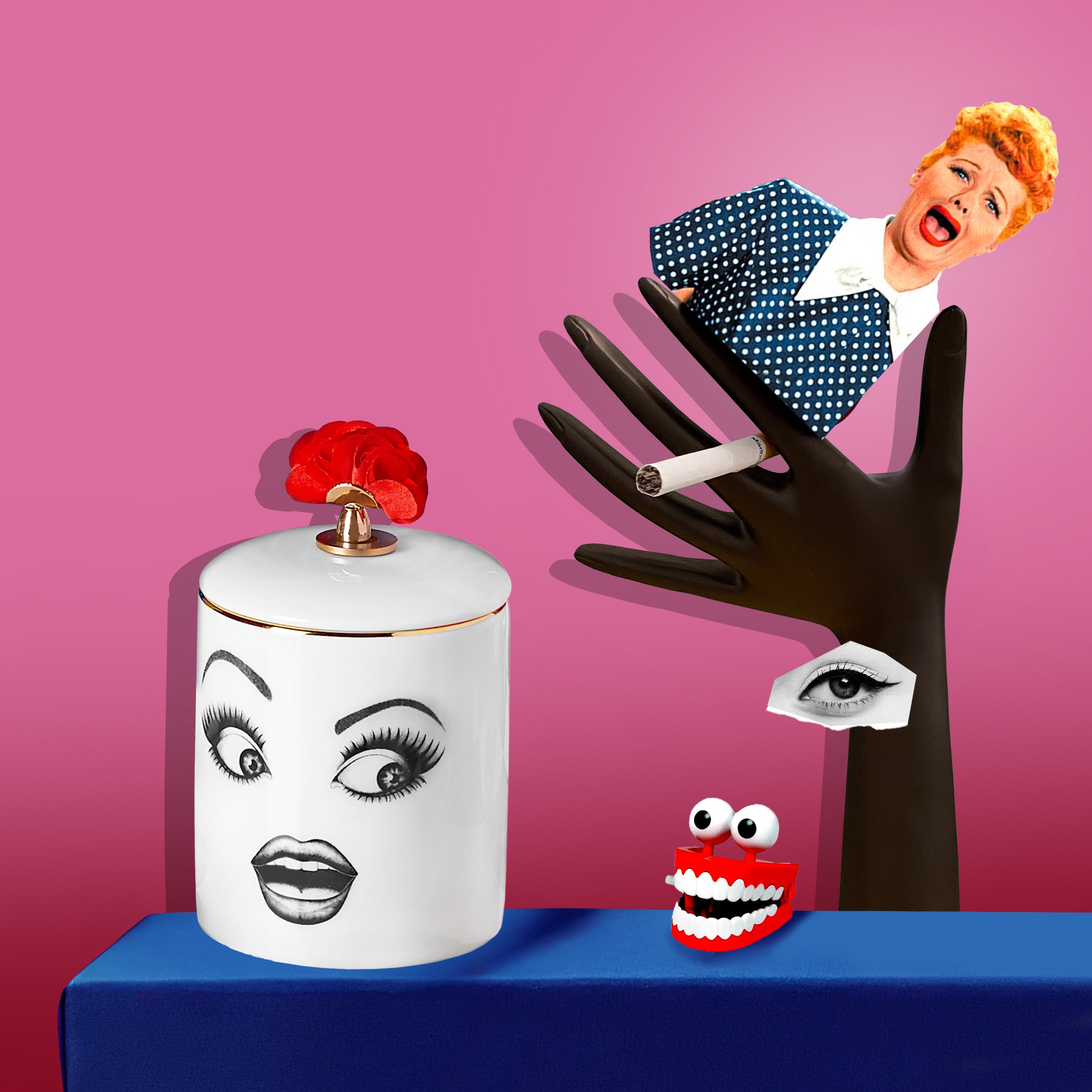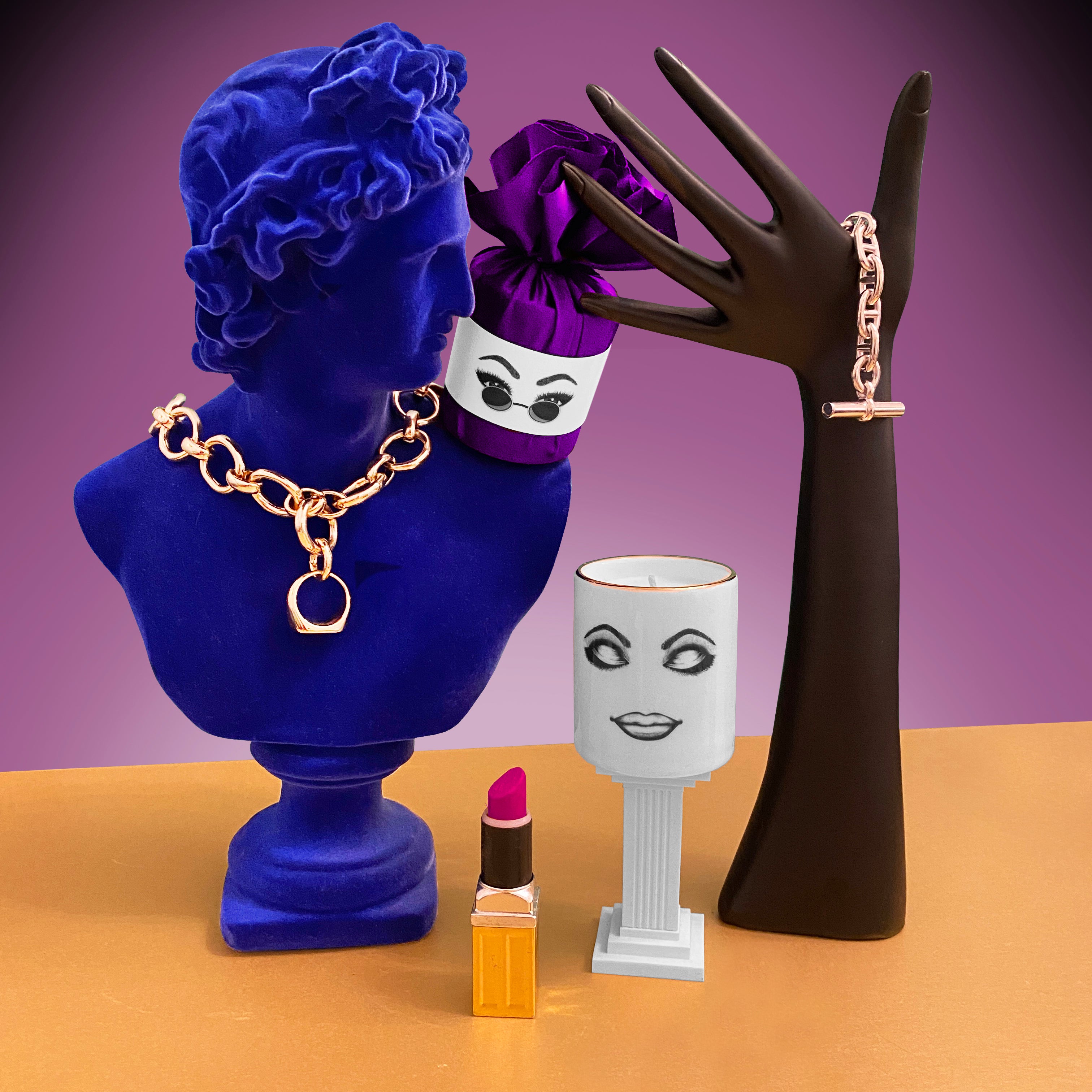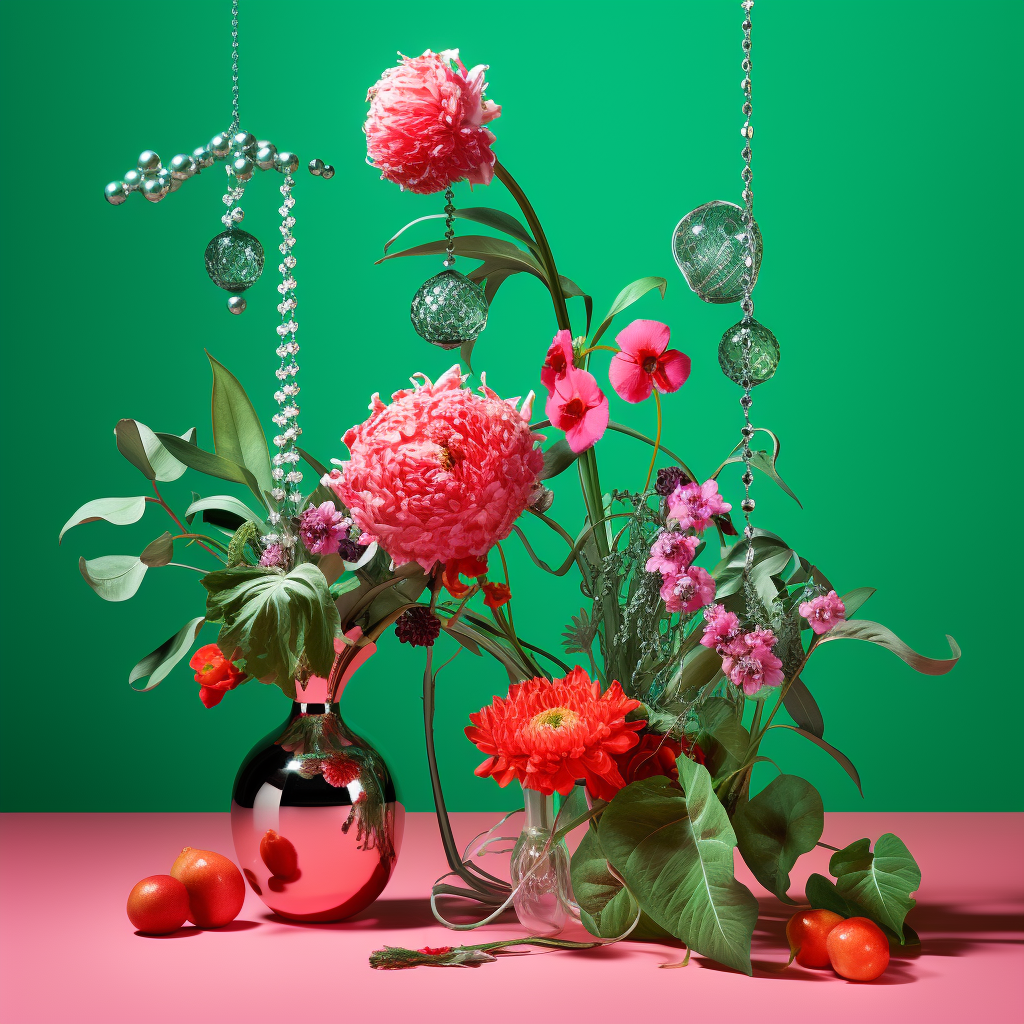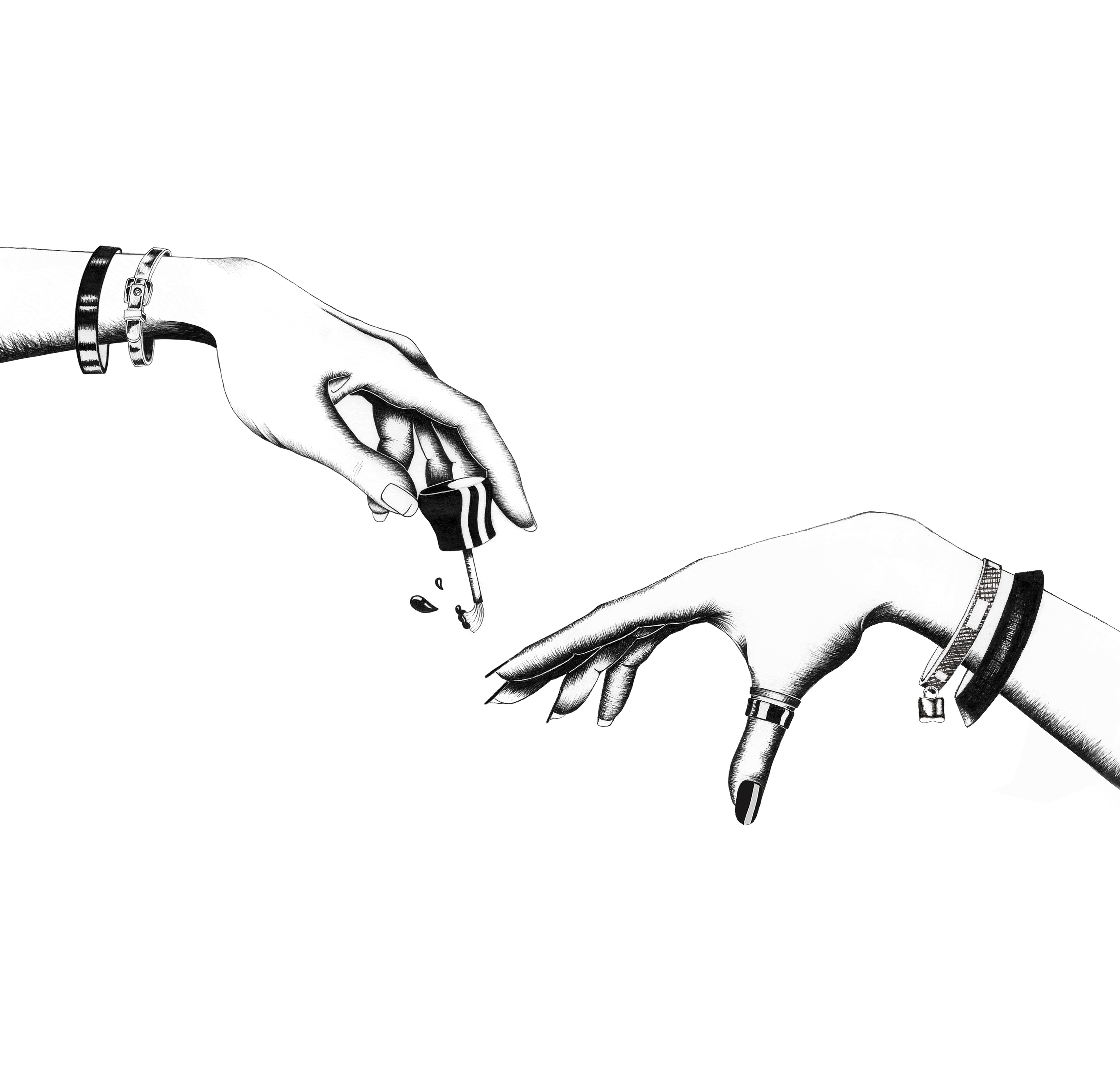Celebrating the Muses, Misfits & Rebels lies at the heart of everything we do at Lauren Dickinson Clarke. We believe in telling the untold stories of the brave & beguiling women who have inspired & motivated the creative process. Some of these women were even catalysts behind entire cultural movements and deserve huge recognition on the arty walls of fame.
Now a newfound freedom is nearly upon us, and we thought we would celebrate by taking you to the origins of the Muse, an integral influence of our scented candles. Where did the concept of the muse start? Who were the first known Muses?
To reveal all of this, we will be sweeping you into the fascinating realm of Greek mythology.

